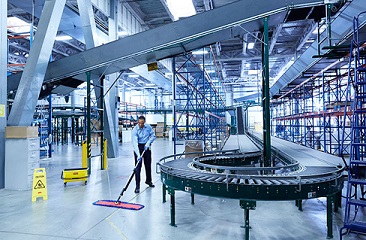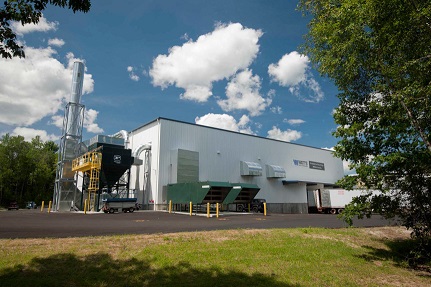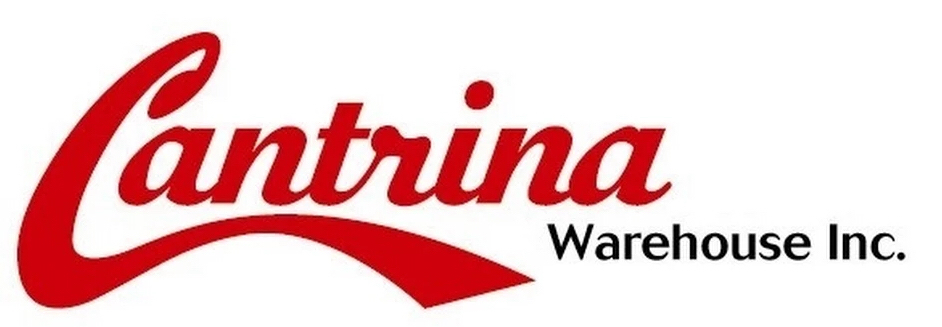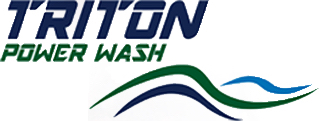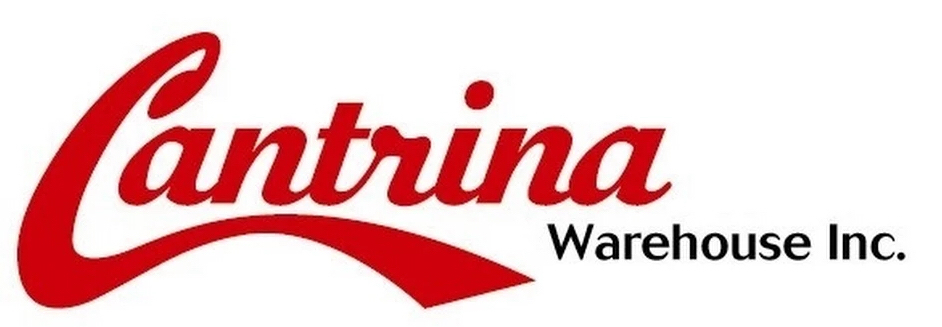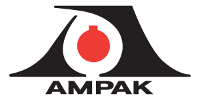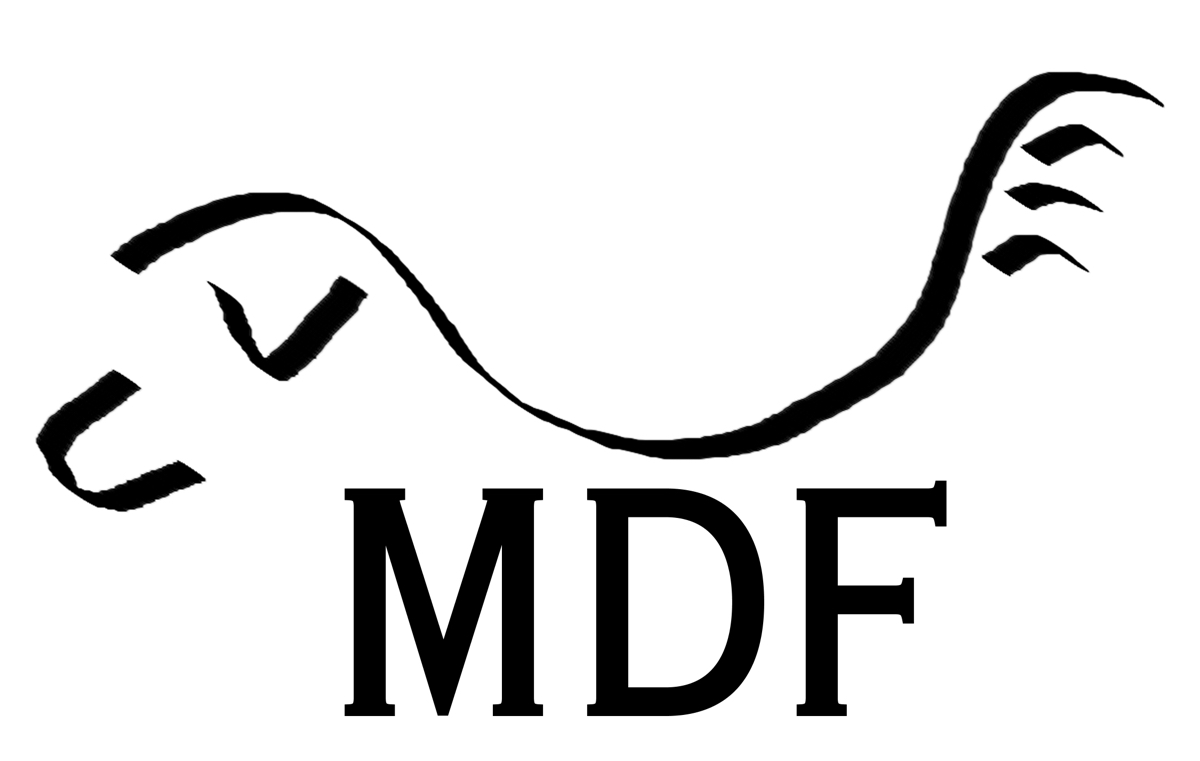Title Page
-
Pure Iceberg Water Inc. 1 - 3 Murray's Point Road St. Anthony, NL A0K 4S0
-
Conducted on
1- Buildings and Facilities
1.1 Design and Construction
-
Facility grounds are well maintained including roads, parking lots, grass and drain areas.
-
REFERENCE: Manufacturing facilities inside and outside are clean
[This is an example of how you can use iAuditor to include best practice reference images in your templates to assist with inspections] -
-
There is adequate space provided for orderly placement of equipment and materials to prevent mix-ups and contamination.
-
Appropriate environmental controls exist and are maintained (controlled temperature, air filtration, humidity, lighting, etc...).
-
All food contact surfaces are made of materials appropriate to the application (i.e. stainless steel vs. aluminum).
-
All water systems are adequately protected against back flow.
-
There are adequate hand-washing facilities for rest rooms, break areas and manufacturing areas.
-
Floors, walls, ceilings, doors and windows are completely sealed to prevent entry of pests.
-
Loading dock doors are flush to the floor when closed.
-
There is separation of defined areas and adequate controls to prevent contamination.
1.2 Construction and Maintenance
-
Non-toxic and corrosion-resistant materials such as stainless steel are being used around the process.
-
Seams are well bonded and smooth.
-
Lubricants and chemicals used for operation of equipment are approved for food grade applications.
-
A preventative maintenance program developed and implemented for major equipment.
-
Weighing, measuring, monitoring, and testing equipment critical for ensuring quality should be calibrated according to written procedures, established schedules and using certified or traceable standards.
1.3 Pest control program
-
A documented pest control program is in place.
-
Building exterior is protected from rodent and pest entry.
-
Map with locations of all traps identified
-
The pest control program includes frequent inspections.
-
The supplier maintains and enforces written procedures for the application of pesticides.
-
All chemicals used in pest control are accurately labeled and stored securely
-
The facility audits pest control operator performance.
1.4 Cleaning & Sanitation
-
There is a written and comprehensive plant and equipment sanitation program.
-
Facility and equipment maintenance ensures safe manufacture of wholesome foods.
-
There are written operating procedures or work instructions.
-
Brushes and other utensils used for cleaning food contact surfaces are controlled and clearly identified.
-
Measures are in place to verify and monitor the effectiveness of cleaning methods.
-
Cleaning and sanitization procedures are validated and well-documented as such.
-
Cleaning and usage logs established for major equipment to include: dates, products, lots#, person who used, person who cleaned.
-
Hoppers, tanks and similar food receptacles must be properly covered.
-
A chemical control program manages the use, storage, and handling of non-food chemicals at the manufacturing facility.
2 - Materials Management
2.1 General Controls
-
There should be written procedures describing the receipt, identification, quarantine, storage, handling, sampling, testing, and approval or rejections of materials.
-
There should be a system for control of GMO/non-GMO allergens.
-
Appropriate environmental controls exist and are maintained (controlled temperature, air filtration, humidity, lighting, etc...).
-
Manufacturers of intermediates and/or APIs should have a system for evaluating the suppliers of critical materials.
-
Materials should be purchased against an agreed specification, from a supplier, or suppliers, approved by the quality unit(s)).
2.2 Traceability
-
Lot trace system with distinctive lot number for all raw materials, in-process materials, finished goods, and packaging components.
-
Establish and document First-in/First out(FIFO) procedures for all materials and goods.
2.3 Storage
-
Materials should be handled and stored in a manner to prevent degradation, contamination, and cross-contamination.
-
Temperature and humidly
-
Containers designed to protect against adulteration.
-
Store and/or control rejected materials in segregated facility so as to prevent usage.
-
Warehouse area is clean and orderly - 18"" perimeter is maintained.
-
Materials should be re-evaluated, as appropriate, to determine their suitability for use (e.g., after prolonged storage or exposure to heat or humidity).
3 - Quality Control Systems
3.1 Process Quality Control Plan (Packaging / Raw Materials)
-
A developed plan exists indicating inspection frequency, # of samples & required tests
-
Procedure for OOS results, how is this info related to production, what is done with product
-
Systems are in place to ensure that you have and are following the most current customer specification.
-
Does QC have a product standard reference system?
-
Are there enough resources (qualified people, testing equipment, etc) to adequately perform this function?
-
Are product retains kept (finished, raw material, packaging) for a minimum of shelf life + 1 year?
3.2 Incoming Quality Control
-
A developed plan exists indicating inspection frequency, # of samples & required tests.
-
Procedure exists for handling out of specification (OOS) results.
-
Does QC have updated product specifications?
-
Are customer product standards available and used?
-
Are there enough resources (qualified people, testing equipment, etc) to adequately perform this function?
3.3 QC Micro Lab
-
A developed plan exists indicating inspection frequency, # of samples & required tests
-
Procedure exists for handling out of specification (OOS) results.
-
Does Micro QC have updated product specifications?
-
Are there enough resources (qualified people, testing equipment, etc) to adequately perform this function?
-
Is there a documented, effective lab cleaning & sanitization program including environmental monitoring?
-
Does a documented calibration and maintenance program exist?
-
Does a validation program exist?
3.4 QC Analytical Lab
-
A developed plan exists indicating inspection frequency, # of samples & required tests
-
Procedure exists for handling out of specification (OOS) results.
-
Does Analytical QC have updated product specifications?
-
Are there enough resources (qualified people, testing equipment, etc) to adequately perform this function?
-
Does a documented calibration and maintenance program exist?
-
Does a validation program exist?
-
Does a process exist for maintenance of lab standards?
-
Does a process exist for the control & documentation of lab reagents?
-
Establish, validate and document test methods.
4 - Manufacturing
4.1 Batch Records
-
All documents related to the manufacture of intermediates or Active Pharmaceutical Ingredients (APIs) should be prepared, reviewed, approved and distributed according to a written SOP. Batch record:
-
Shall contain list of raw materials, names, characteristics, identification, lot #(s), weights.
-
Shall include total and theoretical weights/measures, min/max percentage. (Values outside acceptable ranges require investigation).
-
Shall include detailed manufacturing instructions & process control set points to assure purity, quality & consistent composition.
-
Shall include documentation of each significant step in the manufacturing process.
-
Shall contain special notes of investigation/deviation from the prescribed process.
-
Shall be reviewed and approved by Quality Assurance (QA) for each individual batch run.
-
Shall be retained for at least 1 year after the expiry date of the batch.
4.2 Contamination
-
Any material observed to have insect infestation shall be quarantined and immediately removed from premises.
-
Effective measures shall be taken to protect against metal and extraneous materials.
4.3 General Controls
-
Identify and record usage of all containers, processing lines & major equipment during production.
-
Perform filling, assembling, packing, and other operations in such a way that products are not adulterated.
-
Methods for establishing & monitoring critical process control points should be stated in writing.
4.4 Manufacturing Process Controls
-
Developed plan indicating inspection frequency, # of samples, required tests
-
Procedure exists for Out-of-Specification results. What is done with product?
-
Are product standards routinely utilized?
-
Is production set up to meet Customer Specifications and Requirements?
-
Are there enough resources (qualified people, intermediate and final process checks, etc) to assure the production of a quality product?
5 - Packaging and Identification Labeling
5.1 General Controls
-
Establish and follow procedure for the receipt, storage, handling, sampling, examination & reconciliation of packaging materials.
-
Establish and follow procedure to ensure that correct labels, labeling and packaging materials are issued and use.
5.2 Label Issuance and Control
-
Access to the label storage areas should be limited to authorized personnel.
-
Procedures should be established to reconcile the quantities of labels issued, used, and returned.
-
Procedures should be established on how to investigate / evaluate any discrepancies found between number of containers labeled and number of labels issued.
-
Procedures should be established for the destruction of obsolete and out-dated labels.
-
Printed labels issued for a batch should be carefully examined for proper identity and conformity to specifications in the master production record.
-
A printed label representative of those used should be included in the batch production record.
5.3 Packaging and Labeling Operations
-
Provide adequate separation between different packaging / labeling operations being carried out simultaneously in the same area.
-
Identify packages and ingredients with a lot number that permits determination of history and control of batch.
-
Examine packaged and labeled products to ensure that they have the correct label and lot #.
-
Ensure that proper line clearance procedures are in place and utilized during changeovers.
6 - Quality Management Systems
6.1 Quality Goals
-
An organizational chart exists which reflects the current reporting structure & responsibilities.
-
Does the organization have an established and maintained quality management unit?
-
There is a management representative with defined authority and responsibility for meeting customer compliance.
-
Qualified technical personnel are available for design, process, product, and service support.
-
A quality manual has been developed which details the quality system of policies and procedures.
-
Quality manual procedures identify • Who is responsible for action? • What has to be done? • When are actions required?
-
The responsibility for updating and revising the quality manual and system is well defined.
-
Company quality objectives are documented, signed and dated.
-
Quality objectives are communicated, understood, and maintained throughout the organization.
-
Written procedures address the following types of planning:
-
• Establishment of requirements
-
• Verification of requirements
-
• Acceptance procedures
-
• Quality information systems
-
• Customer satisfaction
-
• Change control
-
Ongoing quality improvements are a part of the plant manager’s objectives.
-
Quality costs are used for evaluating and planning.
-
Documented evidence exists that advanced quality planning activities are reviewed with customers.
6.2 Effectiveness of the Quality Management Systems
-
Lead times are measured and tracked
-
The total cost of quality is tracked
-
Cycle times measured and tracked
-
Annual Quality improvement goals are set by top management
-
Goals are regularly reviewed by top management.
-
There is a system in place to verify that objectives are met and quality policy is adhered to.
-
Achievement of quality objectives is a high priority in overall performance reviews.
-
The quality manual is regularly reviewed, revised, and communicated throughout the organization.
-
There is a documented and objective process in place to measure and track customer satisfaction.
6.3 Internal Audits
-
There is a documented procedure for conducting internal quality audits.
-
Internal audits are conducted semi-annually or scheduled on the basis of status and importance of activity.
-
Audit includes work environment and general housekeeping.
-
Internal audit results are documented and brought to attention of management.
-
There is an established and documented complaint investigation and response program.
-
Establish and document rework and reprocessing procedure
-
Corrective actions are timely, recorded, and evaluated for effectiveness.
7 - Personnel and Training
7.1 Qualifications and Experience
-
An organizational chart exists which reflects the most current reporting structure.
-
Job descriptions throughout the organization include responsibilities for supporting quality objectives.
-
An adequate number of qualified personnel exist to perform functions in manufacturing, packaging and QA.
7.2 Hygienic Practices
-
Are there hygienic practices in place to protect against contamination of food?
-
Personnel should wear clean clothing suitable for the manufacturing activity. Additional protective apparel, such as head, face, hand, and arm coverings should be worn, when necessary.
-
Any person, by medical examination or supervisory observation, that is shown to have, or appears to have, an illness, or open lesions, by which there is reasonable possibility of food, food-contact surfaces, or food-packaging materials being contaminated, shall be excluded from any operations until condition is corrected.
-
Personnel shall be instructed to report such conditions to supervisors.
-
Designated areas outside of processing zones have been provided for clothing and other personal belongings (Jackets, cell phones, bags, radios, CD players, headsets, pagers).
-
Consumption of food & beverages, chewing of gum, or the use of tobacco products are strictly prohibited in processing areas.
-
Proper hand washing practices are reinforced with signs posted in breakrooms, production areas, and washrooms.
-
Written procedures exist which address and include the control and proper supervision of the above practices.
7.3 Training Procedures
-
Have procedures been established and used for identifying training needs? Training procedure(s) shall exist for all levels including part-time and temporary staff, management, visitors, contract/construction personnel, consultants, government and customer auditors.
-
Procedures address training schedules such as upon hire, future training requirements, follow up and/or retraining frequencies.
-
Training effectiveness is evaluated on a periodic basis.
-
Employee training covers general topics such as cGMP, sanitation, safety, environment, SOPs & MSDS. In addition, training is provided on specifc work instructions, procedures, equipment operations, or as required to perform a specific job function.
-
Are qualifications and training records maintained for all personnel?
-
Are the qualifications and experience requirements for trainers defined in the training procedures?
-
Training records must be maintained for all personnel and should include: Date, Topic, Name of Instructor, Employee Signatures, Tests, Quizzes, etc.
-
Specific training requirements are defined for each unique job description or job function.
8 - Purchasing and Customer Service
8.1 Purchasing
-
Is there a system to notify customers of delivery days?
-
How are they notified? E-mail, fax, phone, mail? Is this documented?
-
What systems or processes are in place for Cost of Quality (i.e. scrap, reduction, rework, commodity planning)?
-
An up-to-date organization chart with names/key personnel available.
8.2 Customer Service
-
Is there evidence of a Customer Service System?
-
Company contact list.
-
Is there a process for requesting samples or information?
8.3 General
-
Are there contingency plans for serious problems (fire, tornado, flood, etc.)?
-
Is there a system to identify facility, machine, and operational needs for the future?
-
An established complaint investigation and response program exists
-
Do you have a recall procedure?
-
Do you perform mock recalls? On what frequency? Have you performed one recently? What were the results?
-
Do you have a documented stability program?
Completion
Completion
-
Recommendation
-
Full Name and Signature






